Patterns
Kits
sundries
knitting tools, buttons and notions, project bags and other pleasing little things
knitting tools, buttons and notions, project bags and other pleasing little things
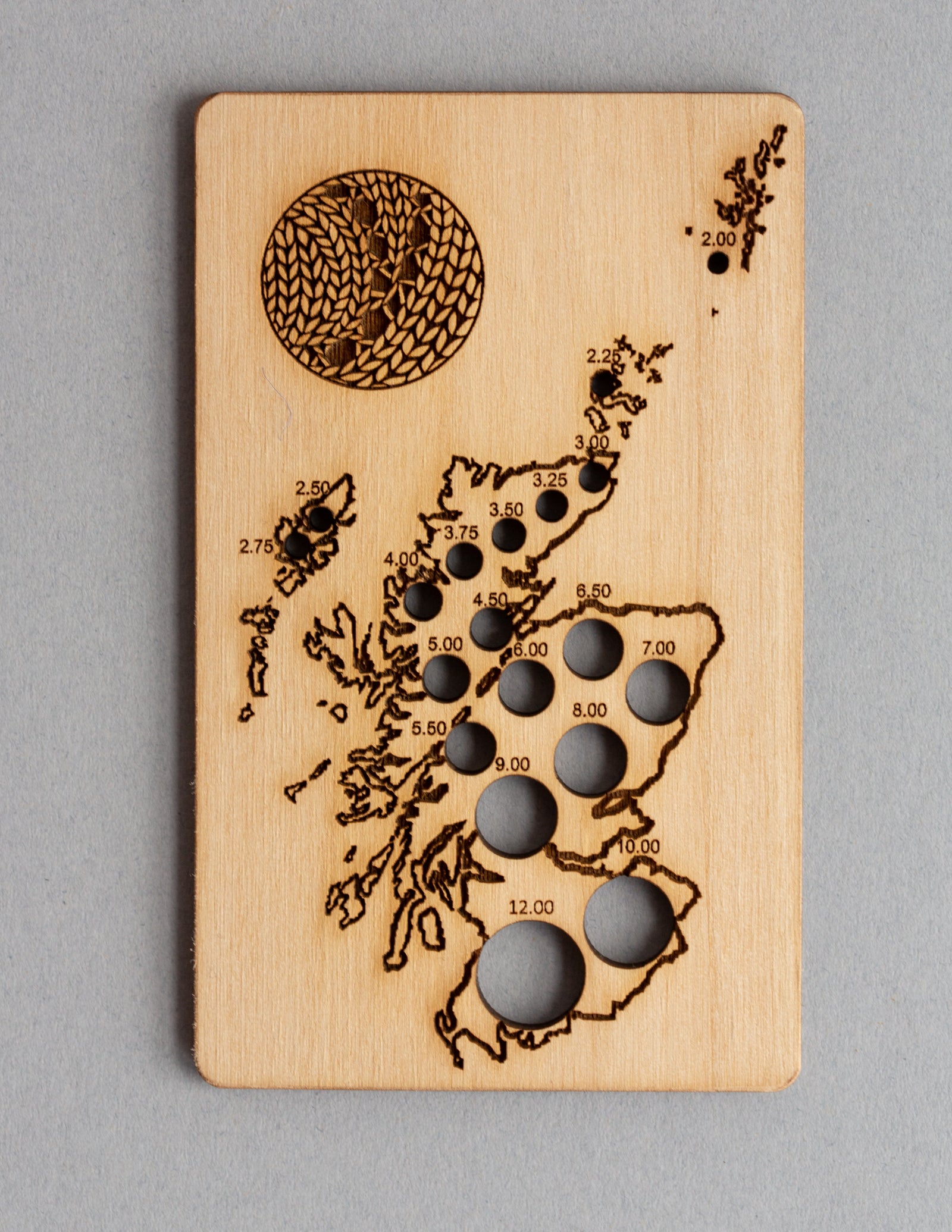
Exclusive Scotland needle gauge by Katrinkles
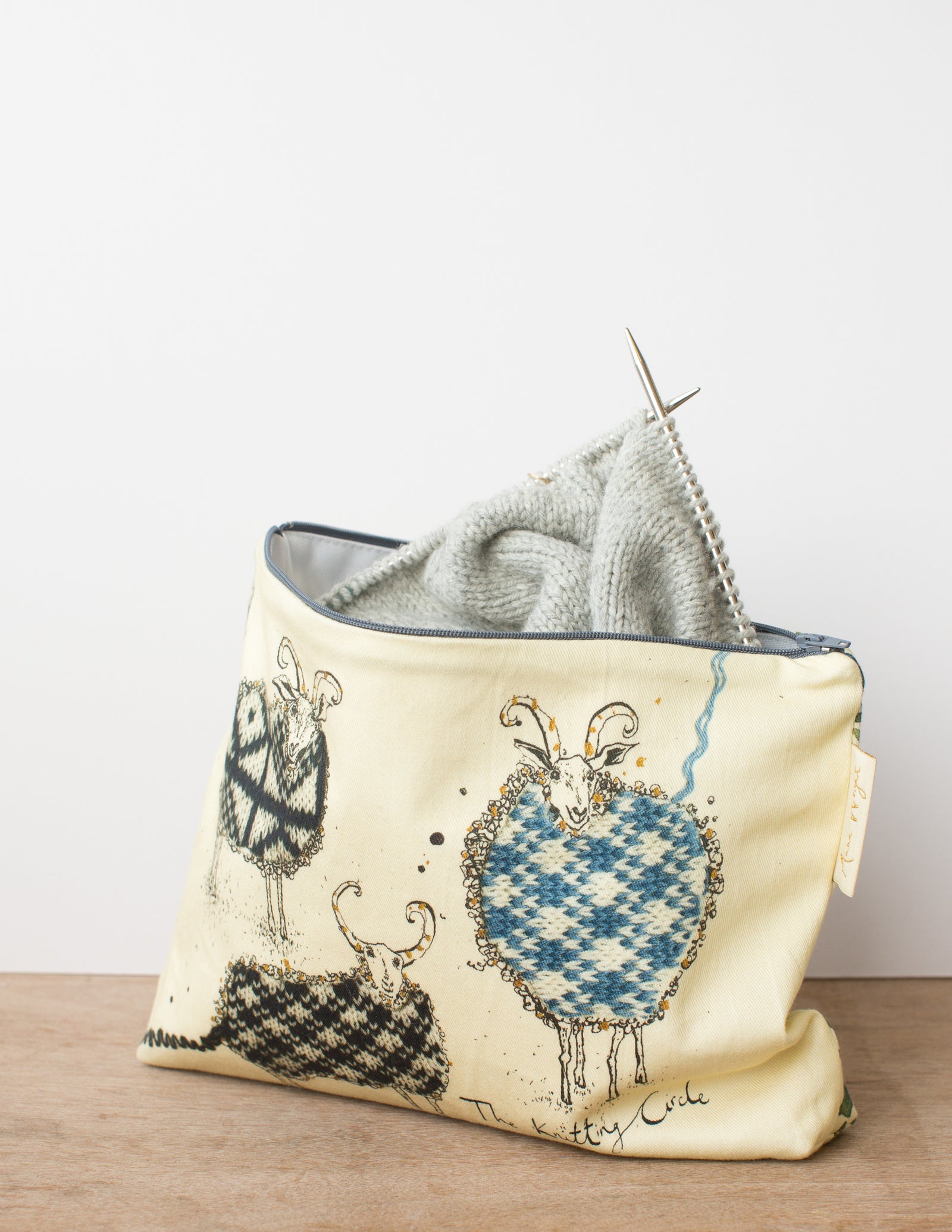
Zippered pouches in two sizes by our studio neighbour Anna Wright
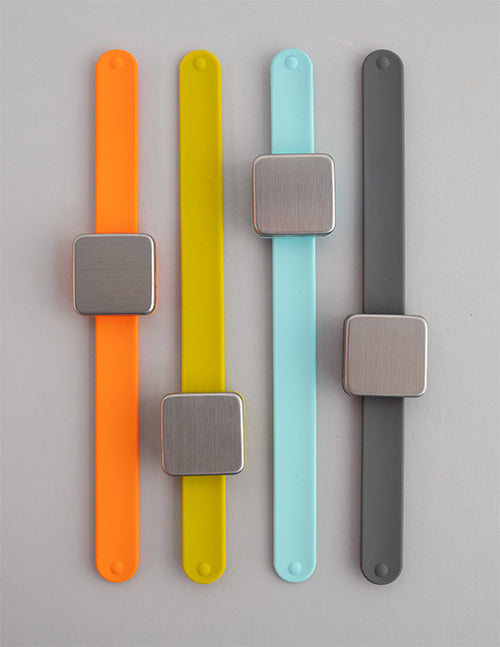
keep small tools accessible with the Maker's Keep
gift 2019
Subscribe to our Colourwork Club for a gift that lasts well into the new year. Your recipient will receive a new colourwork kit in Janurary, February and March
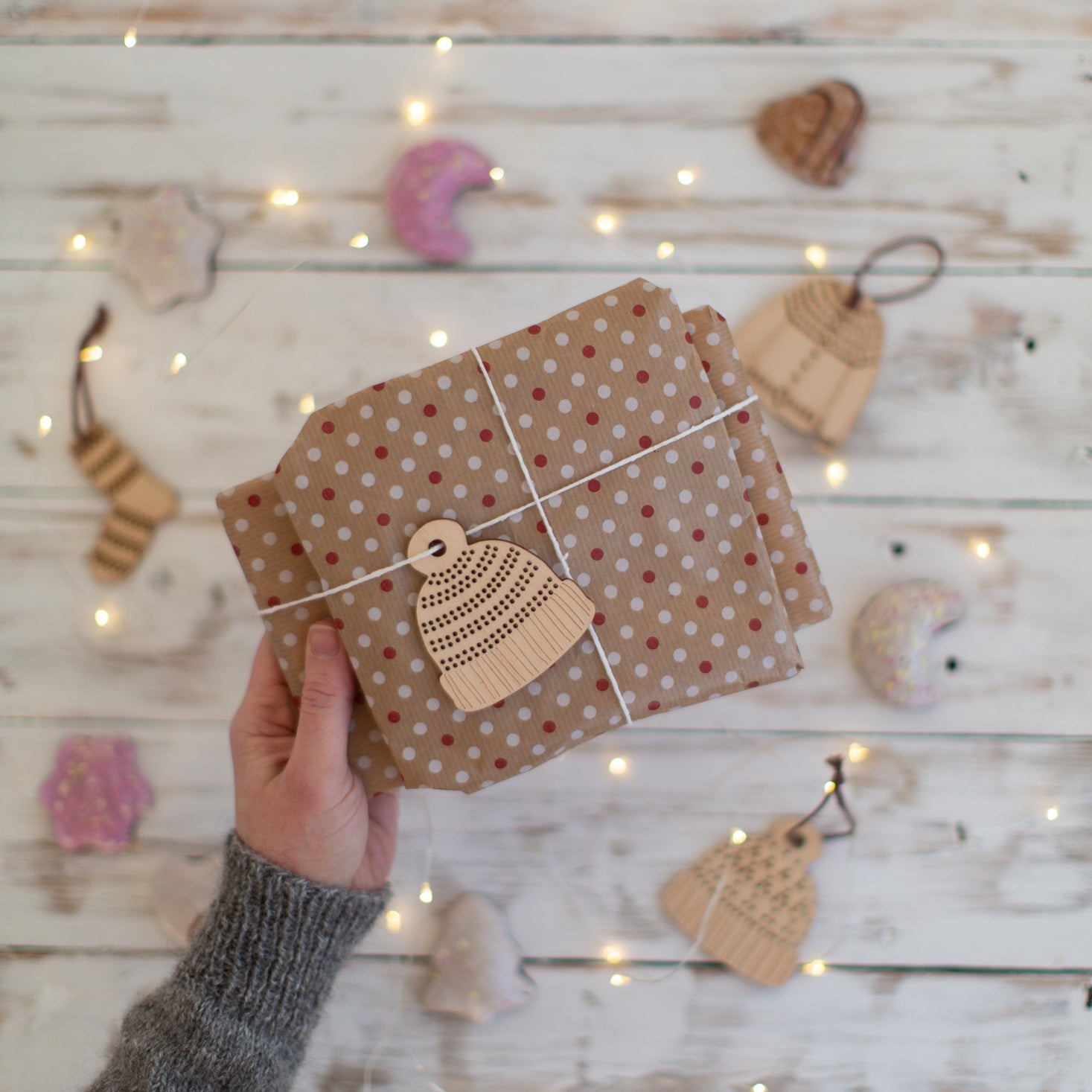
Subscribe to our Colourwork Club for a gift that lasts well into the new year. Your recipient will receive a new colourwork kit in Janurary, February and March
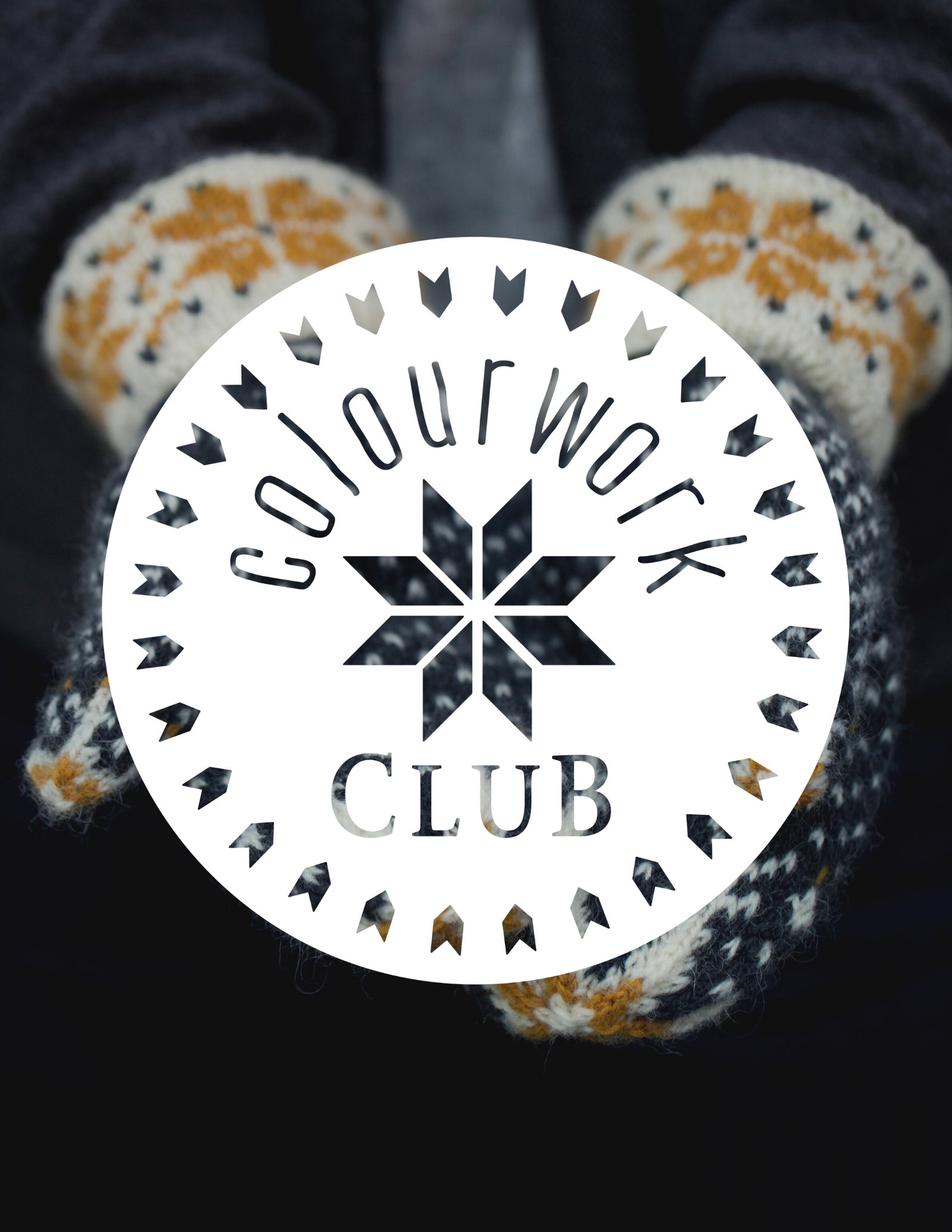
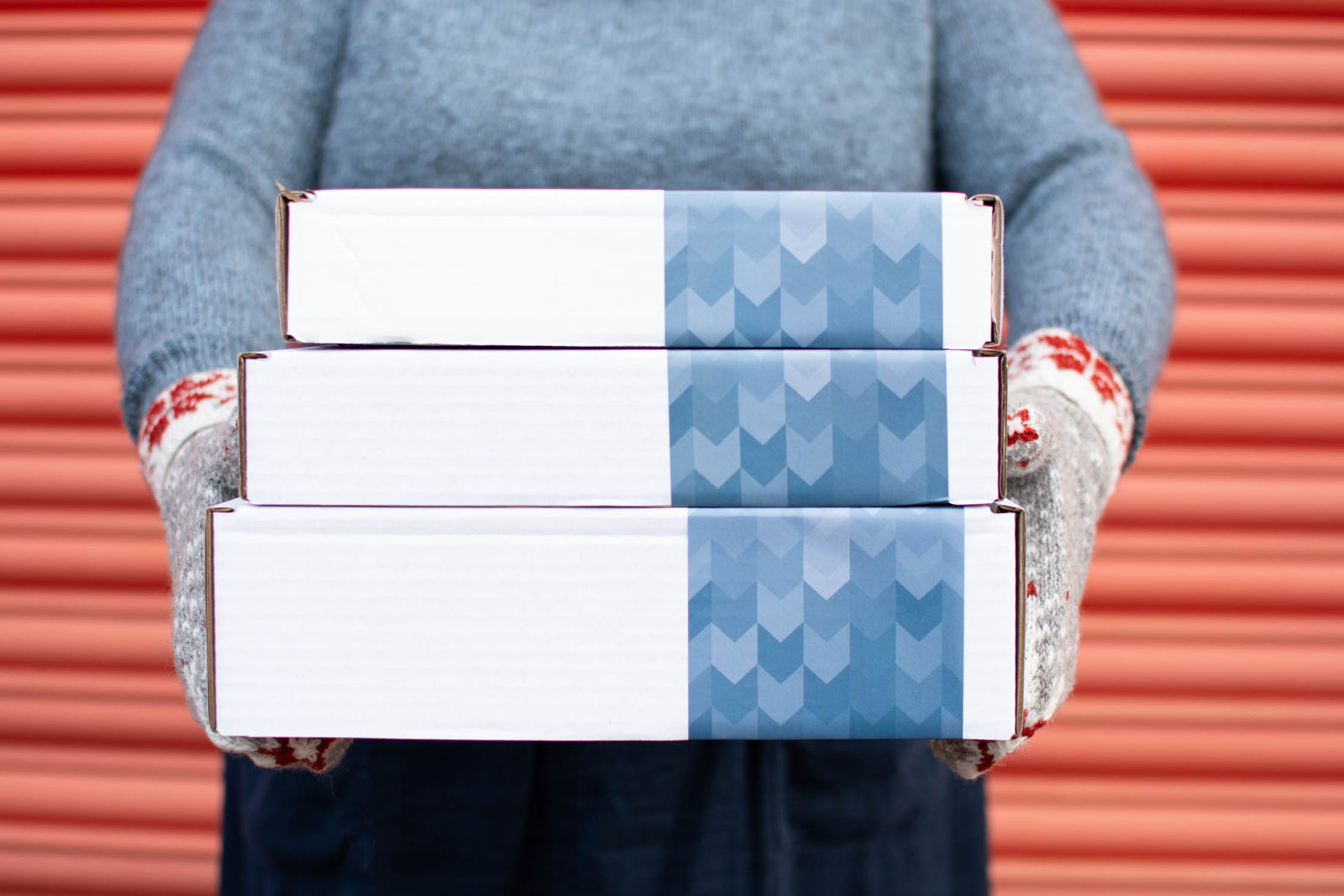
Last minute shopping? Gift cards are delivered electronically - forward the email or print it for your recipient. A range of amounts are available and gift cards don't expire.
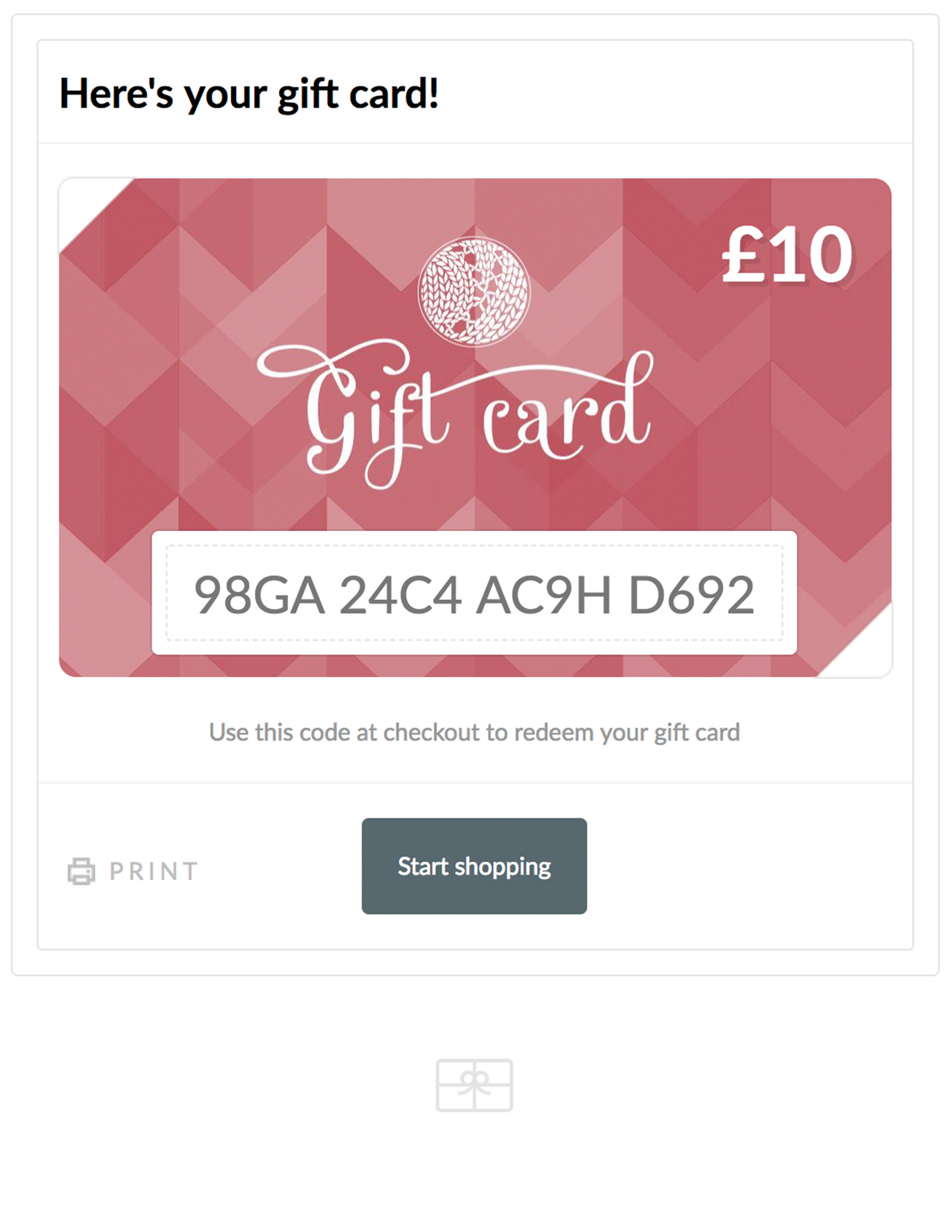

How to Pick a Garment Without a Model for You
March 17, 2020
A guest post by designer Liam Hartle, about his experiences as a trans knitter figuring out what patterns will both suit his style and fit the way he hoped. This post will be especially useful if you’re looking for menswear styles but don’t fit standard menswear sizing & shaping but it’s full of helpful advice even if that’s not your experience. It’s also hugely important to me that the size inclusion conversation includes a range of trans and non binary voices, and that, as a designer, I consider how to improve the inclusivity of my patterns beyond extending the size range. Note that, as Liam goes into in more detail below, terms like “menswear” are used in this piece because they can be useful search terms and are not intended to imply that we believe clothing styles should be limited by gender.
- Ysolda
I have made myself exactly two sweaters in the fourteen years I’ve been knitting. Most of it has to do with the fact that sizing garments has, up until recently, made me very stressed because I could do algebra, but I didn’t trust gauge swatches because they were lying liars who lied. One of the largest reasons, however, was just because it looked good on a model in a photo didn’t mean it was going to look good on me.
I’ve grown up wishing I could wear the tomboy and butch styling of women like Sue Perkins, best known to US Audiences as the host of The Great British Bake Off, and men’s styling of John Barrowman in Doctor Who when he played Captain Jack. It wasn’t an easy task, though. I’ve got hips and a bust that just didn’t work in menswear and menswear inspired womenswear. Knitting patterns were similar because, while I could maybe hit the high end of a bust measurement, I’ve been anywhere from a US Women’s 16-22 (UK 20-26) in the last ten years and I was often sized out, if not at the bust, at the waist, and or, hip. I wasn’t going to put the time, money, and effort into a garment that I wasn’t sure was going to fit the way I needed it and have it sit in my drawer unloved. I knew my body was the body I would continue to have, because, even though I’m non-binary trans, I’m not going to medically transition. I had to learn what would make a garment silhouette work for me and help give me the shape I wanted without having many models that were representative of me, either in body shape or gender presentation.

Learning How to Style Myself Without Seeing it on a Model
I was fortunate when I decided I wanted to make a sweater for myself because my grandmother and mother had taught me to sew early. I consider myself primarily a knitter, but also learned the “fashion words” for fit and style and this gave me a leg up in fitting rooms and in the Ravelry search engine. I do want to make a note here that I strongly believe that anyone can wear any piece of clothing—it is not inherently gendered, nor does wearing it change your identity—however, the industry is going to label things a certain way and getting them to change is going to take time. Knowing how to read a tag or pattern description is key in finding something that will help you build a wardrobe in the style that you feel the most “you” in. Words like “boyfriend” and “grandpa” in womenswear means they are taking traits like no waist shaping, straight legs, extra ease in the sleeves, and more room in the shoulders that are normally standards of menswear and moving them to womenswear. I won’t lie and say this was an overnight revelation. It took a lot of trying things on and “well, it’s the right style and sort of fits, so obviously I’m the problem, right?”
“Knowledge is Power” — Schoolhouse Rock
Or, What I Look for in a Pattern Page
I finally realized that it was going to take me measuring myself to be sure of what I needed and it took one sweater to realize I needed more measurements than just the bust on the pattern page of Ravelry to know if I was going to be happy with a pattern. A clear schematic, measurements including chest width, cross back, arm circumference, finished bust circumference, intended ease so that I know if their size measurement includes the ease or not, garment length, and waist and hem circumference help me know things like if there is waist and arm shaping, how much ease I need to add or subtract, and how much modifying I will need to do to adjust the pattern to the style I want in my wardrobe.
I also rely heavily on the project pages for a pattern. They’re like a virtual fitting room where I can see how the pattern works for other people. I know that I want to see what the pattern will look like on someone with a similar body shape, presentation, or size, I can work with any of those in combination with notes to see if it will work for me.


The Ravelry project page for the Wardie cardigan.
There is also a growing number of designs that are extending sizing and styling, which helps lower the amount of the above work I have to do and Ysolda has been a huge part of that. She provides measurement charts and schematics on many of her designs and is working on adding them to the back catalogue. The Granton Cardigan was a great example of styling for both womens- and menswear.

There is a photo where the two models stand side by side in front of a green hedgerow. The model in the grey cardigan wears a blue bow collar blouse with a black pencil skirt and the model in the green cardigan wears loose cut straight leg jeans with a denim button down and bow tie. Being able to compare the two sweaters side by side makes it easy for me to see how to style it myself to make it work in a number of wardrobes and to see how the ease makes such a huge difference in how an outfit is read. The grey cardigan has slightly less ease, so the eye is drawn to the neckline and bust and it’s more likely to be read as feminine, whereas the green cardigan has more ease, which emphasizes the straight line along the waist and minimizes the bust line and puts this solidly in the “boyfriend” sweater or menswear category.
In the end, how you style your sweater and how you make it depends wholly on how it will fit in your wardrobe. Knowing what to look for in a pattern will help you decide what you need in a pattern before starting it, even if it’s not styled for someone that presents like you do, whether that’s cis or trans, male, female, or somewhere else on the non-binary spectrum. My hope is that we will continue to see expanded modeling in the future, but knowing what to look for in a styled shoot or Ravelry project pages can help you navigate the vast pool of patterns available.
Learn more about choosing a size to knit, and find all of our sizing related blog posts here.

Check out Liam's designs in his Ravelry store!

Also in Journal
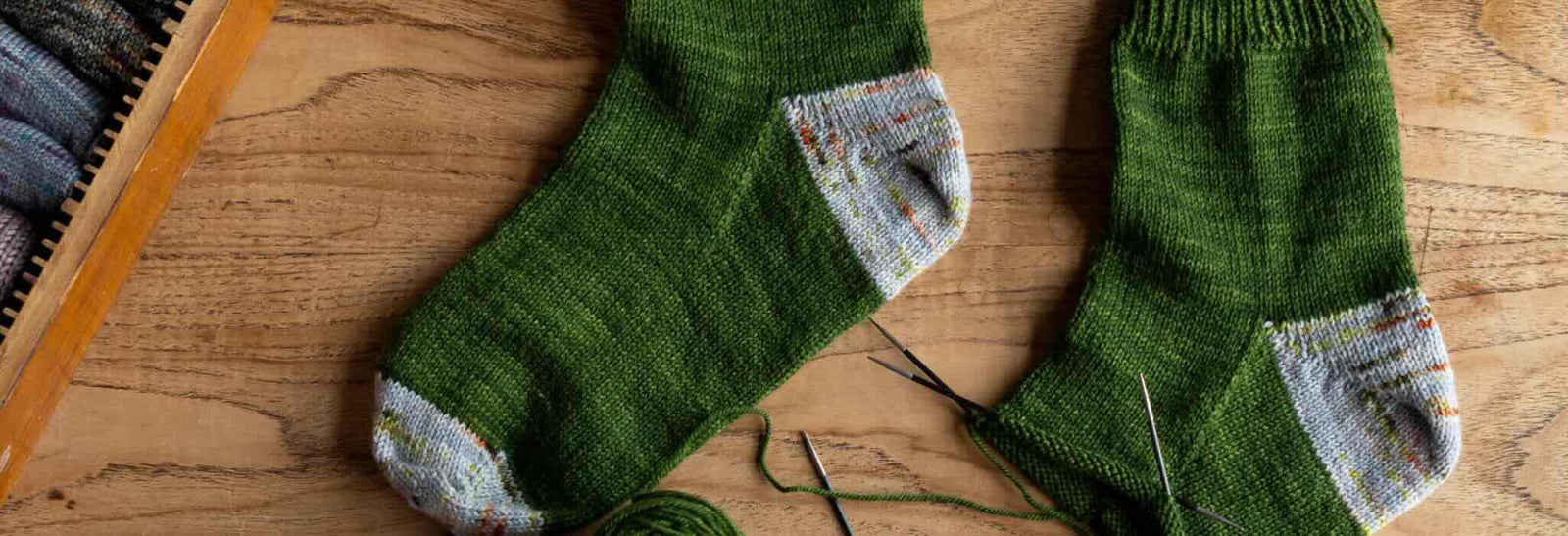
Deep Shadow Heel Tutorial
September 25, 2025

20 Years of Ysolda Knitting Patterns: Part 2
June 23, 2025

20 Years of Ysolda Knitting Patterns: Part 1
June 19, 2025
Recent Articles
-
Deep Shadow Heel Tutorial
September 25, 2025
-
20 Years of Ysolda Knitting Patterns: Part 2
June 23, 2025
-
20 Years of Ysolda Knitting Patterns: Part 1
June 19, 2025
-
Learn to Knit: Mattress Stitch
March 29, 2023
-
How to Knit a Scarf: A Beginners Guide to Scarf Knitting
March 23, 2023
-
Learn to knit: the long tail cast-on
February 03, 2022
-
How to Graft Your Knitting
December 09, 2021
-
Crochet Provisional Cast-on
December 02, 2021
-
Learn to knit: How to knit in the round with double pointed needles
November 25, 2021
-
Learn to knit: How to knit in the round using the magic loop technique
November 25, 2021
Free resources
-
KALS, step-by-step pattern guides and free patterns
Learn brioche with the free Daniel's Hat pattern
Tombreck - a free chevron beanie pattern
Working the brioche neck detail on the Polwarth sweater
Installing a zipper and ribbon, finishing wee Carson
Yarn colour ideas for Threipmuir sweater
Additional colourways for the Joy mitts (choose your pride flag)
How to join the shoulders on Wardie
How to join the pockets on Granton and Wardie
Finishing Resources for Granton
Broughton mittens tutorial part 1
Broughton mittens tutorial part 2
Broughton mittens tutorial part 3
Basics
Casting on
Decorative Channel Island Cast-on
Binding off
3 Easy Stretchy Bind-offs (p2tog bind-off; k2togtbl, k1 bind-off; Jeny's surprisingly stretchy bind-off)
Tubular Bind-off for brioche stitch
Increasing
Paired increase methods compared
How to continue in pattern while increasing and decreasing
Decreasing
Brioche stitch double decreases
Knitting in the round
How to Knit in the round using Magic Loop
How to Knit in the round using DPNs
Short rows
Swatching and gauge
Tips and tricks
Avoiding ears when binding off
Tighter purl stitches for neater cables and ribbing
Cabling without a cable needle
How to knit more symmetrical yarn overs
Bust darts in sweaters with all over stitch patterns
A magic formula for evenly distributing shaping
Superwash v Non-Superwash Wool
Picking up sts from the middle of the fabric
Reading knitting patterns
Understanding "continue in pattern"
Help! Where am I in my knitting project?
Using charts, even if you hate them
Finishing
Garment knitting
Joining the body and sleeves on a seamless bottom up sweater
Sizing
Ysolda’s sizing chart for knitwear designers
Inclusive garment knitting
How to pick a garment without a model for you (specifically addresses finding garment patterns when your gender identity isn't represented and the styles you want to knit might not be sized to fit your body)
How does ease affect inclusive size ranges?
Specific stitch patterns
Lace
Identifying and fixing mistakes in lace knitting
Colourwork
Getting started with stranded colourwork
Understanding colour dominance
Working stranded colourwork over small circumferences
Decreases in stranded colourwork
Holding the yarn for stranded colourwork
Ladderback Jacquard (a neat way to deal with long floats)
Cables
Cabling without a cable needle
Cabling without a cable needle on the wrong side
How to knit cabled decreases
Closed ring cable increases and decreasesBrioche
How to work brioche stitch in the round
Other crafts
Cross stitch
How to begin your first large cross stitch project
How to finish a cross stitch project with an embroidery hoop frame
Mending

Sign up today
Find out the latest news from the studio such as sales, pattern releases, and new workshops or KALs our learning community, The Knitwork. We also share helpful tips and exclusive subscriber discounts...



